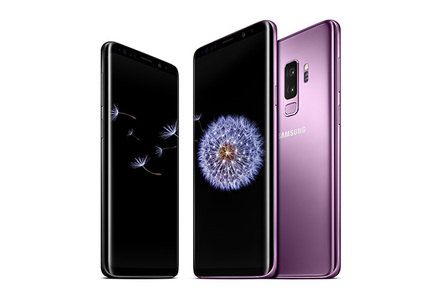This article is more than 1 year old
You want to know which is the best smartphone this season? Tbh, it's tricky to tell 'em apart
Calls? Check. Texts? Check. Internet? Check. Notch? Mostly. Camera? Check
Are 2018 cameras that much better?
In its early years, Google regularly invoked astonishment with products, such as Search and Gmail and Earth Viewer, vastly superior to the market leaders. These had the Wow Factor (Earth Viewer was acquired, rather than developed in-house, and famous before it was a Google product – but still fairly Wow-inducing). But we haven't gone Wow to anything Googley for a very long time.
So it's almost a surprise to find Google leading in a technology field once again. Last year Google set the standard for smartphone photography, and even after testing the season's flagships, I found the Pixel still leads in many everyday situations. It's just thanks to dual sensors that the others have got better too.
Dual-sensor cameras became commonplace across flagships over the past 18 months, with even mid-range models capable of the apparently sought-after bokeh mode required for "Portrait" shots.
Google's Pixel 2 is a decent, if costly, phone with its fair share of issues. Not least is what Google does with your data
So it's a little ironic that the Pixel 2's single sensor unit does a good as job as any dual sensor phone (the dual pixel design of the sensor allows Google to create a depth map). Pixel isn't as far ahead of the competition as Search was ahead of AltaVista: several of the models I used could produce images as good and at times superior to Pixel 2. It's just that the approach to computational photography over several years has finally been vindicated, with Google's unit consistently producing results with a high dynamic range. People don't mind waiting a second or two for the image to be processed, it turns out, if the results are reliably good.
The Pixel 2's drawback is the rest of the package, and Google's difficulty in matching big marketing with the boring stuff, like support. Signing a cheque to a big ad agency is easy, but building a logistics operation less so. One Pixel fan on Reddit called it "75 per cent of a flagship" – to general agreement from aficionados.
Pixel 2 owners are a long-suffering lot. They put up with badly calibrated screens early on, waited six months for the narcolepsy bug to be fixed, and are still waiting for the Panorama bug to be fixed.
I've found issues with sluggish networking (possibly also related to power management) and a stroppy and insolent fingerprint sensor. When you're asking top dollar and promising an iPhone-like experience (right down to no expandable storage), that's not good enough. This year, having digested 2,000 HTC staff, expectations are high.
Where does this leave the iPhone, then? Alongside the flagships, I regularly took the iPhone 8 Plus with me, the very best Apple camera, to test its mettle. This is a £799 item that Apple still labels as "New" 10 months after launch.
What seemed so comfortably out front last September doesn't seem so now. Yes, the iPhone 8 Plus produced the warmest and most evocative portrait shots of all the cameras I've used this year – but only if the conditions were just right. This is a Portrait Mode that complains a lot that you're too near, too far, or the light is not right.

We deemed Samsung's S9 Galaxy 'the best Android phone you can buy'
In other situations, I found that Apple's best – and in 2018 this 2014 design really feels like an ancient piece of kit, a relic almost – was regularly surpassed by rivals in low-light conditions (HTC, Samsung and Huawei), for wide-angle snaps (LG), for spectacular ultra-slowmo video (Samsung), and fairly often, for dynamic range by Google.
Here are a selection of snaps.
